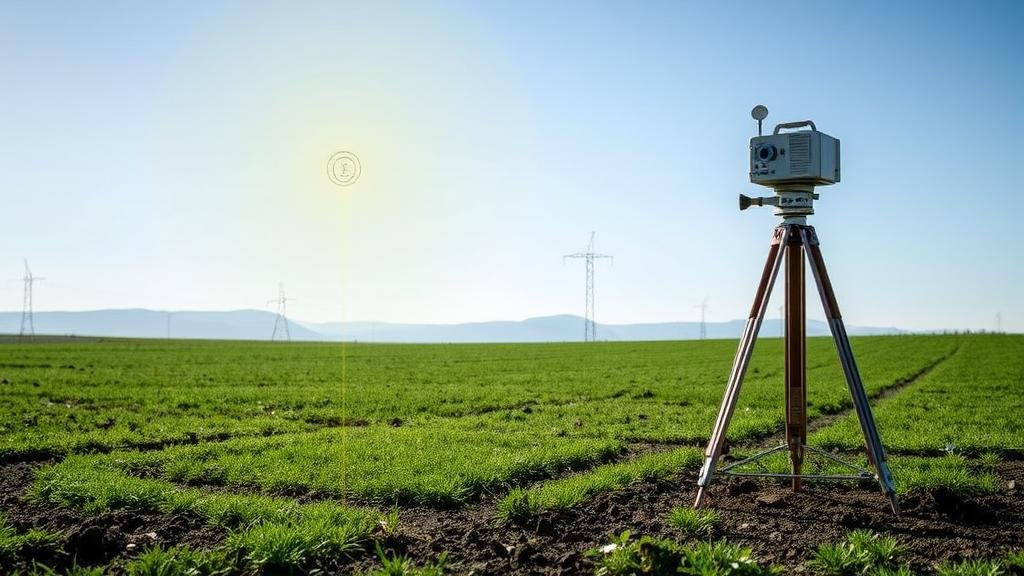Using Ground Radar to Identify Concealed Trip Zones or Trigger Points
Using Ground Radar to Identify Concealed Trip Zones or Trigger Points
Ground Penetrating Radar (GPR) is an advanced, non-invasive geophysical technology used to detect and visualize subsurface features. This technology has especially profound applications in various fields such as construction, archaeology, environmental studies, and disaster management. A key area of interest is the identification of concealed trip zones or trigger points, which are critical in assessing safety risks in various environments.
Understanding Ground Penetrating Radar (GPR)
GPR utilizes electromagnetic waves to penetrate the ground and reflect off of subsurface structures. time it takes for the waves to return to the receiver is measured, allowing for the creation of subsurface images. This method is advantageous due to its ability to assess various materials, including soil, concrete, and other geological features without causing any disturbance to the surrounding environment.
Identifying Concealed Trip Zones
Concealed trip zones can exist in numerous contexts, such as industrial settings, geological sites, and urban infrastructures. A concealed trip zone may refer to areas where the ground is unstable or where there are hidden voids or structures that could lead to accidents. GPR technology is instrumental in identifying these zones. For example, in construction, GPR can detect hidden utilities, buried debris, or voids that may compromise structural integrity, thus preventing potential trip hazards for workers.
Applications of GPR in Identifying Trigger Points
Trigger points are specific locations that are likely to result in incidents due to the presence of hazards. In civil engineering, GPR can be leveraged to assess the stability of slopes and pavements by detecting subsurface anomalies. One prominent case is the use of GPR in mapping the subsurface conditions of roads and highways to identify areas prone to erosion and failure.
Case Studies
Several studies exemplify the effectiveness of GPR in identifying concealed trip zones and trigger points. For example, a study conducted by the U.S. Geological Survey examined the use of GPR in identifying subsurface voids in an area prone to land subsidence. data collected led to a more accurate assessment of risk zones, facilitating the prevention of potential accidents.
In another instance, researchers conducted a GPR survey in a historic city to identify buried structures and voids, which could lead to dangerous collapses. The use of GPR allowed urban planners to develop a comprehensive safety plan, thereby protecting both infrastructure and public safety.
Statistical Insight
According to the American Society of Civil Engineers (ASCE), over 50% of construction-related accidents result from unsafe ground conditions. By implementing GPR technology, construction firms can proactively mitigate these risks. Statistics indicate that effective use of GPR can reduce accident rates by up to 30% compared to traditional surveying methods.
Challenges and Limitations
Despite its capabilities, GPR is not without challenges. The effectiveness of GPR surveys can be influenced by soil condition, moisture content, and the presence of conductive materials like metals, which can attenuate the radar signals. Operators must be trained in interpreting GPR data accurately to avoid misidentification of trip zones.
Best Practices for Using GPR
- Conduct preliminary site investigations to understand the subsurface conditions.
- Use multiple GPR frequencies to enhance detection capabilities based on soil type.
- Integrate GPR data with other geophysical methods for comprehensive analysis.
- Ensure operators are well-trained in GPR technology and data interpretation.
Conclusion
Ground Penetrating Radar serves as a sophisticated tool for identifying concealed trip zones and trigger points, ultimately contributing to the enhancement of safety standards across multiple sectors. By harnessing the power of GPR, industries can take proactive measures in risk assessment and are better equipped to mitigate potential hazards. As technology continues to evolve, further advancements in GPR will undoubtedly improve our ability to safeguard environments and ensure public safety.
Actionable Takeaways
For professionals in fields susceptible to hidden hazards, consider the following actionable steps: invest in GPR training for teams, incorporate GPR into regular safety assessments, and stay updated with the latest technological advancements to maximize safety and efficiency in your operations.



